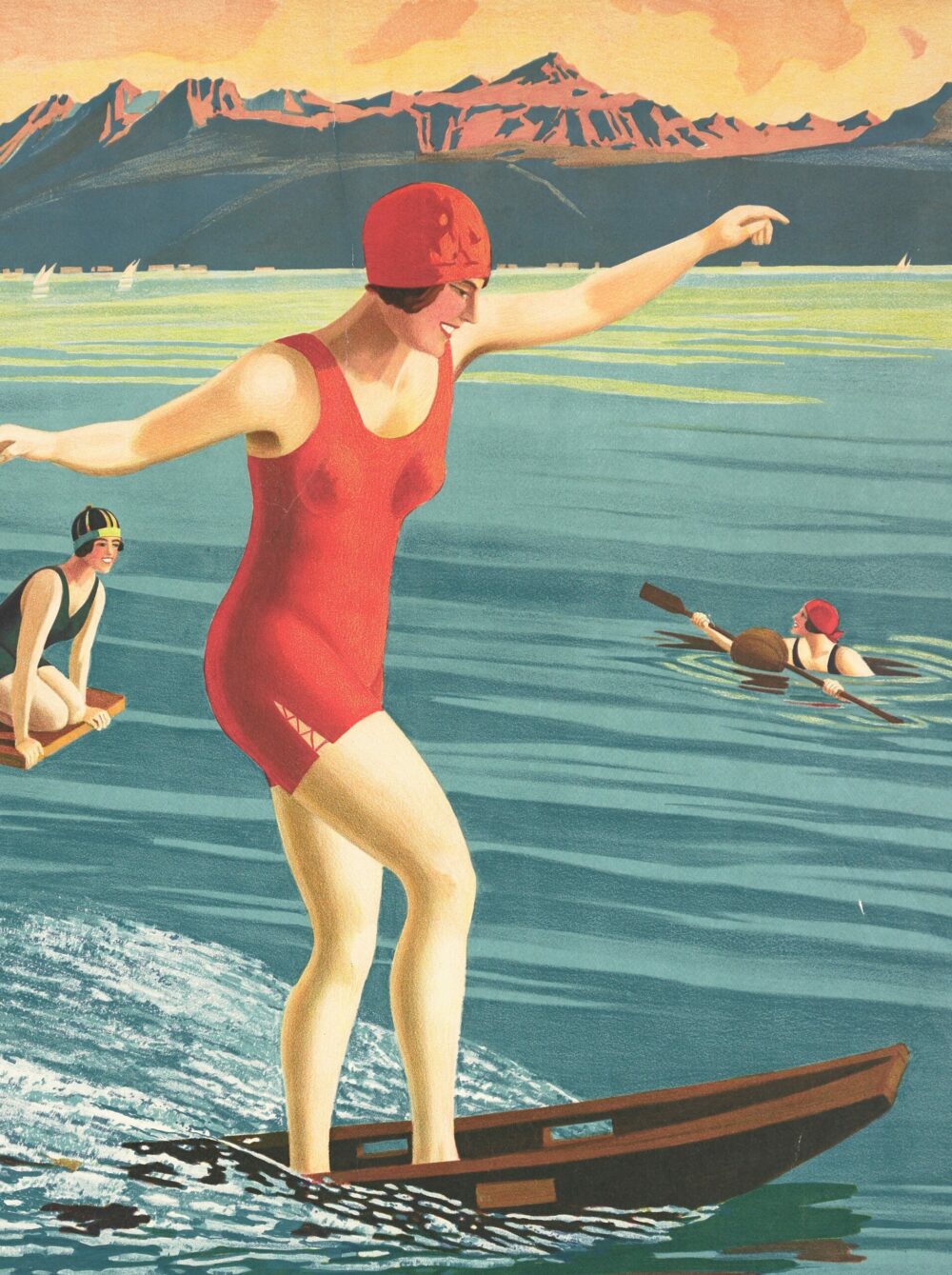Exploramer: Another way to discover the St. Lawrence
In the north of the Gaspé Peninsula, Exploramer is not a museum like the others: after having seen the aquarium and the exhibition rooms, leave to discover the maritime St. Lawrence, on foot or by boat, for a total immersion! Meet Sandra Gauthier, director of Exploramer, who explains how the museum has succeeded in creating content and activities for the general public while contributing to scientific and industrial research on the St. Lawrence.
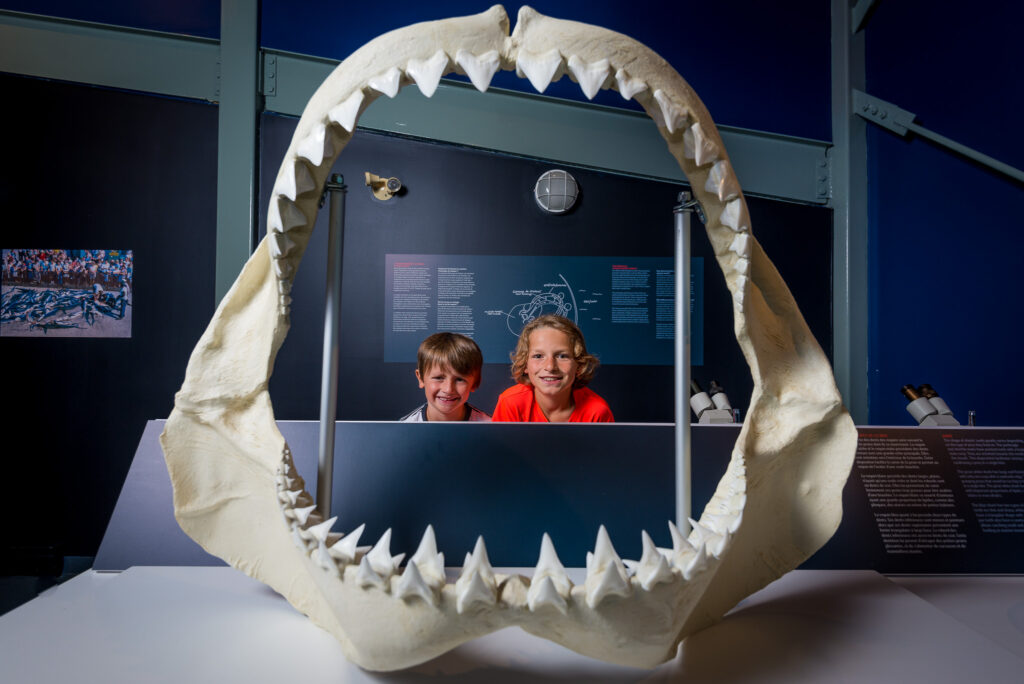
What can we discover at Exploramer, on the shores of the St. Lawrence, in the heart of the Gaspé Peninsula?
On the quay of Sainte-Anne-des-Monts, the river is the sea! Exploramer proposes to discover it thanks to its aquarium, which includes about sixty different species and a thousand individuals.
The museum also has three temporary exhibition rooms. The exhibition “Êtres d’exception : quand la science rivalise avec fiction” (Exceptional beings: when science competes with fiction) talks about the adaptation of marine animals to their habitat, particularly when the St. Lawrence freezes in winter. The animals must then adapt to fluctuating depths and temperatures, the strength of marine currents, and the acceleration of climate change.
For the exhibition “Gannets: Sentinels of the St. Lawrence”, researchers at the Université du Québec à Rimouski used gannets as research instruments, by installing a small chip and a mini backpack containing a camera. This allows researchers to discover where the schools of fish are and what the schools of fish were through the consumption of these birds.
And a third temporary exhibition… on sharks in the St. Lawrence?
Yes, in “Sharks, 100 million deaths”, we show that seven species live in the St. Lawrence all year round, such as the spiny dogfish and the Greenland shark. We also have 13 visiting species, which makes about twenty species that can be observed in the Gulf. We have, for example, the Great White Shark, which is increasingly present due to the increase in seal populations. Most Quebecers have no idea that there are sharks in the St. Lawrence! The exhibition is generating a lot of interest. Since its opening in 2015, it has been reprogrammed every year…
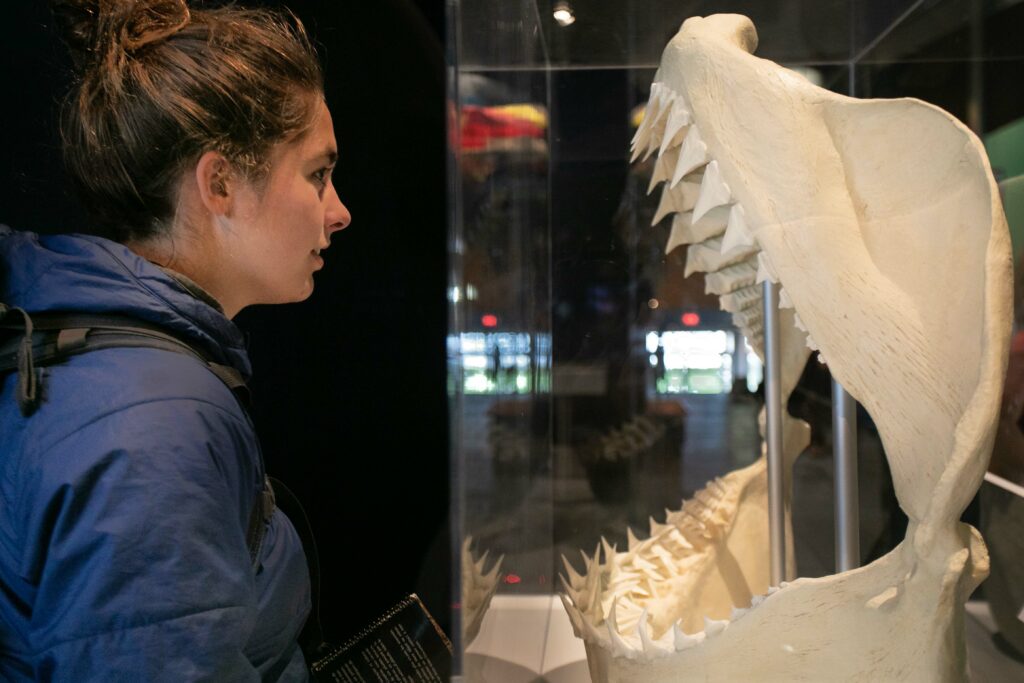
Participants can also immerse themselves in the St. Lawrence…
To make science and the St. Lawrence more dynamic, so that visitors don’t just contemplate the surface of the water and the landscape, we have developed interactive activities on a ship. We take people out to sea to collect traps: rock crabs, whelks, lobsters… which are then returned to the water, of course. We also run participatory science workshops where we collect scientific data at sea on salinity levels, water turbidity, the strength of marine currents, etc. The aim is twofold: to demystify both the St. Lawrence and the profession of researcher.
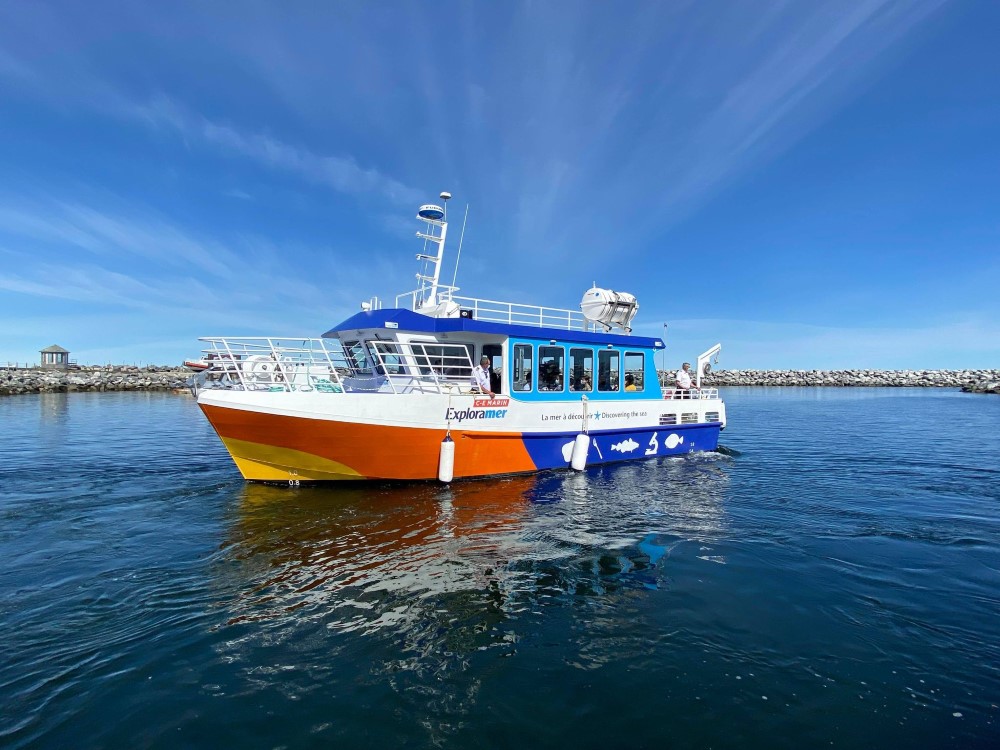
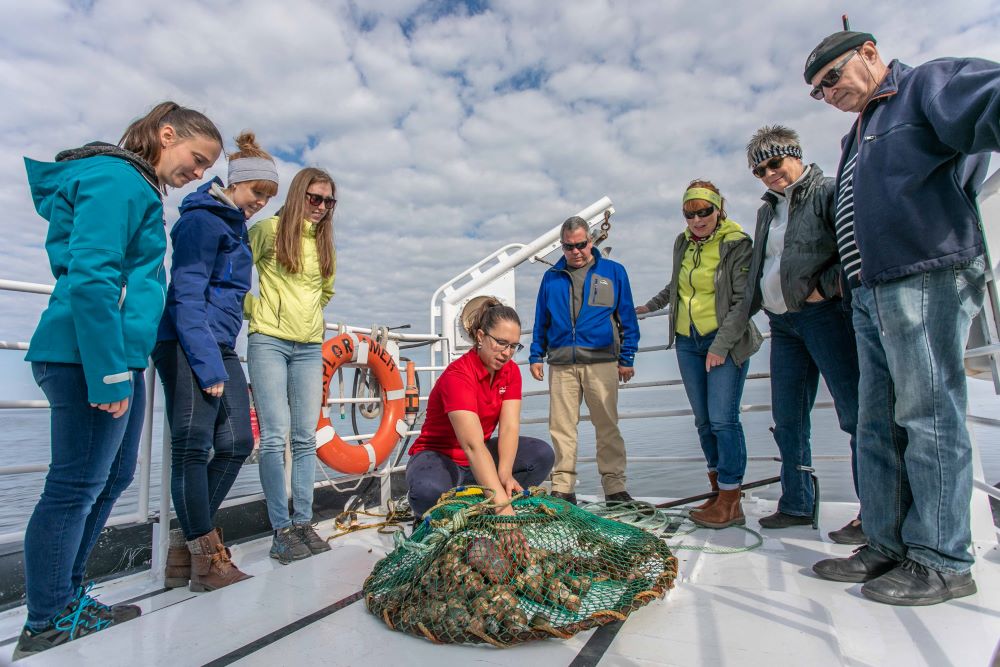
How far do you sail?
The St. Lawrence is not easily navigable: there are tides, currents and strong winds. So we stay close to the coast, within 8 000 metres of the sea. We take tourists who don’t all have sea legs, so even if we stay close to the coast, people sometimes come back green! (laughs). What interests us most is what we can see underwater. The furthest you can go is to the snow crab trap survey, which lives deep in the coldest water.
Visitors can also explore the coastline by foot…
We also equip visitors with boots and trousers so that they can discover the coastline with their feet in the water. They walk to the “verveux”, a fishing device that catches fishes but keeps them alive. It is opened, emptied and the marine species found are interpreted before being returned to the water. In this way, people can see first-hand the richness and diversity of the species present in the St. Lawrence, and see how little of it is consumed.
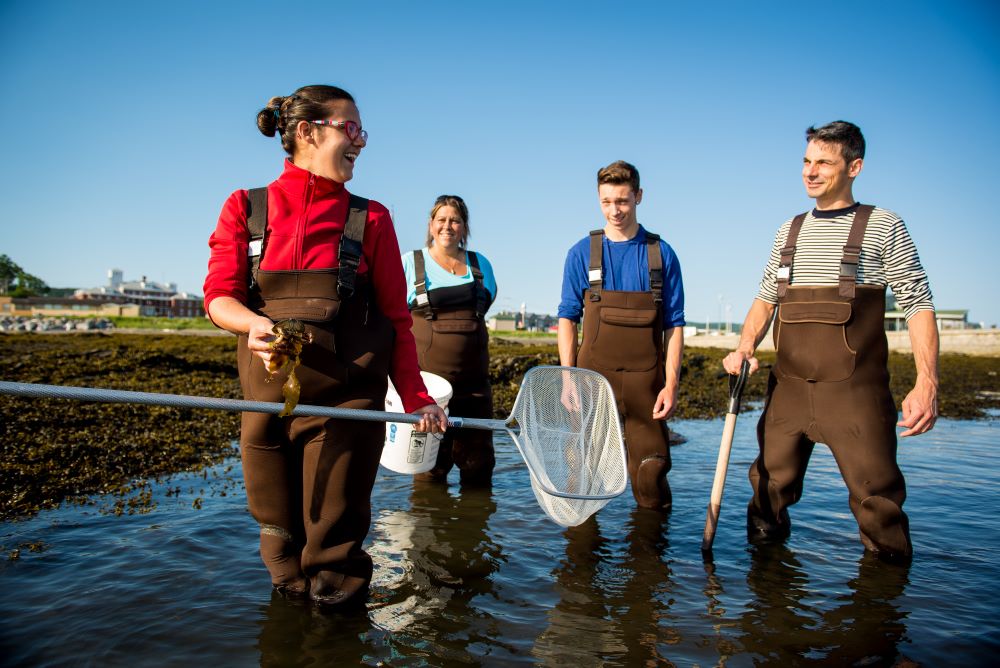
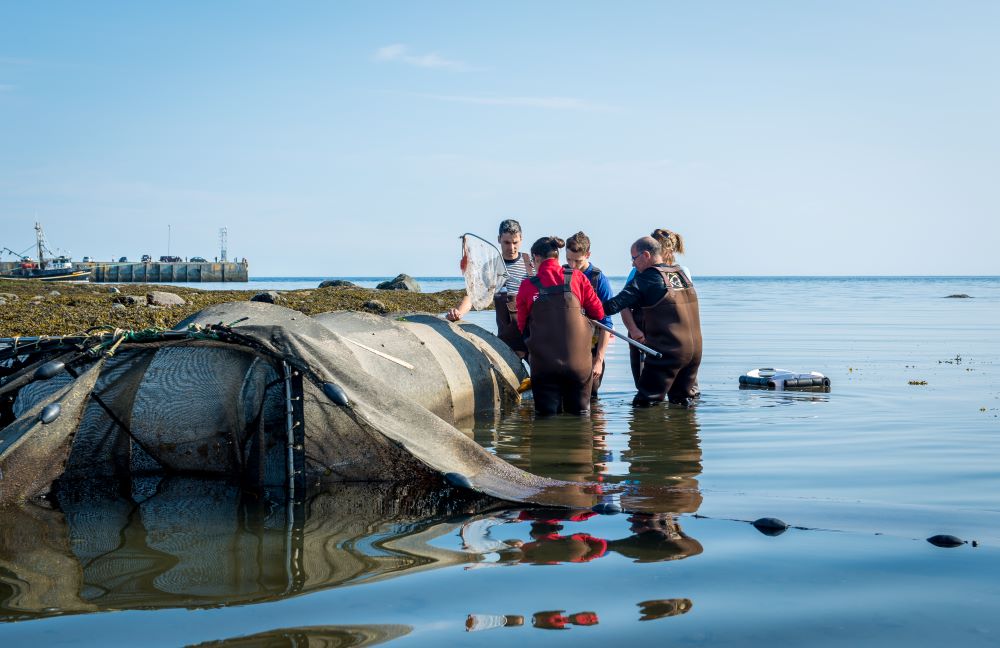
Because you also work with restaurants and fish shops to promote sustainable fishing?
Exploramer manages the Blue Fork programme, which promotes sustainable fisheries. We promote species that are not known and not consumed, such as the American pout, the sculpin, the Atlantic hemitry, but also species that we know well and that are nevertheless under-valued, such as the sea urchin, the razor clam, the whelk (whelk), the halibut, the American monkfish…
Finally, we are also fighting for species that are caught but not consumed in Quebec, such as rock crab or sea cucumber. These fisheries are entirely exported abroad… According to the principle of the circular economy and local consumption, we want to ensure that Quebecers have access to a greater variety of marine species, and that we have the privilege of being able to choose first and then export the surplus. Today, foreign markets have priority, which is a real nonsense. To feed Quebecers, we import species from abroad that are more “cheap” than our own species!
The programme takes the form of a certification?
Since the creation of Fourchette bleue thirteen years ago, we have awarded certification to restaurants and fish shops that commit to offering their customers at least two species from a list issued each year. The aim is to bring the species to the consumer! We are now working on extending this certification, which is achieving very good results.
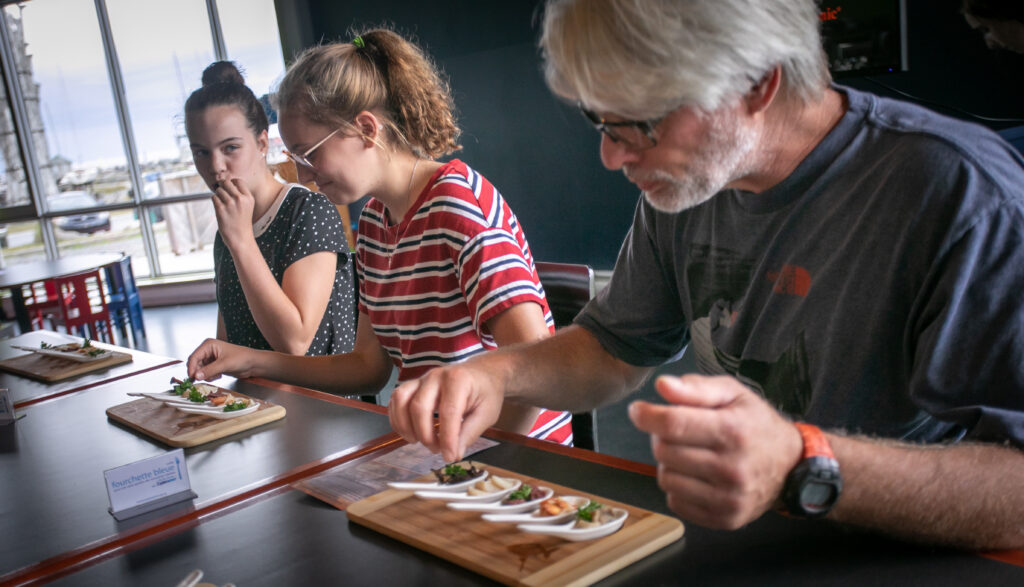
The museum is only open during the summer. What do you do the rest of the year?
Exploramer goes to schools! A team of science animators travels halfway across the province of Quebec, with educational activities for different school levels, all focused on the St. Lawrence.

Sometimes, parents or young people ask to speak to me after the visit: “We’ve wanted to come to Exploramer for a long time. We spent the day here, and my child decided he wanted to become a biologist!” It’s a pleasure, it projects our work into the future.
Sandra Gauthier
How much can we know about St. Lawrence biodiversity?
It’s not one river you need to know about, it’s four! There is the Great Lakes portion, the fluvial portion, then the estuary and finally the gulf. And even if we focus on the Gulf and the Estuary in Exploramer, there is still a lot we don’t know. Firstly, stock assessments: we know little about the biomass of species in the river. Some species, such as redfish, had disappeared completely and are now making significant comebacks after twenty years, without us knowing why or where.
And of course there is the whole issue of climate change: how do we counter new invasive species? The problem of green crabs raises both fundamental and industrial research questions: how can green crabs be used to make fertiliser, food, etc.? It is also difficult to explain certain migrations in the Gulf. Two years ago, and again in May, rorqual whales ventured as far as Montreal, even though it is not the water salinity that normally interests them.
There is also problems of seal overabundance, which is causing the disappearance of certain fish species. We should have 500,000 animals, and we are now approaching 9 million! We are faced with a destabilisation and disorganisation of ecosystems, which worries both researchers and the fishing industry. For example, the rapid return of redfish is affecting shrimp beds. Last week, it was announced that the mackerel and herring fisheries would be closed indefinitely.
Sandra Gauthier, what is your personal relationship with the St. Lawrence River?
I was born on the banks of the river, literally! My grandmother had a house on the beach, where we spent a lot of time in the summer. When the capelin “rolled” – a small prey fish that rolls across the sand to lay its eggs (Editor’s note) – we would pick it up by hand and then have a family feast. And my father was a chef: all those fish I mentioned, we were already eating them. I made this link between the sea and cooking very early on.
I also worked for a few years in Europe, in Brussels, where I promoted Canada as a tourist destination. It was while guiding journalists from Benelux along the St. Lawrence that I realised how amazed people were by the river and its riches! For me it was everyday life; for them it was spectacular. The first time they saw the river, I had to stop the car to take photos at every bend in the road … it took a long time! (laughs) As time went on, I realised from their point of view that the river was not at all ordinary.
Do you have a story to share about visiting the museum?
When the museum reopens, I stand in front of the doors to welcome the visitors. Every year, little children arrive shouting “I’m going to see my fish!” It’s their own fish (laughs). The parents are behind, trying to catch up with them: “He’s been looking forward to seeing his fish for a week…”. An hour later, I see the child on the parent’s shoulder, shouting that he doesn’t want to go (laughs). We have succeeded in creating a feeling of belonging to the St. Lawrence, to this biodiversity, which young people are learning to see and love.
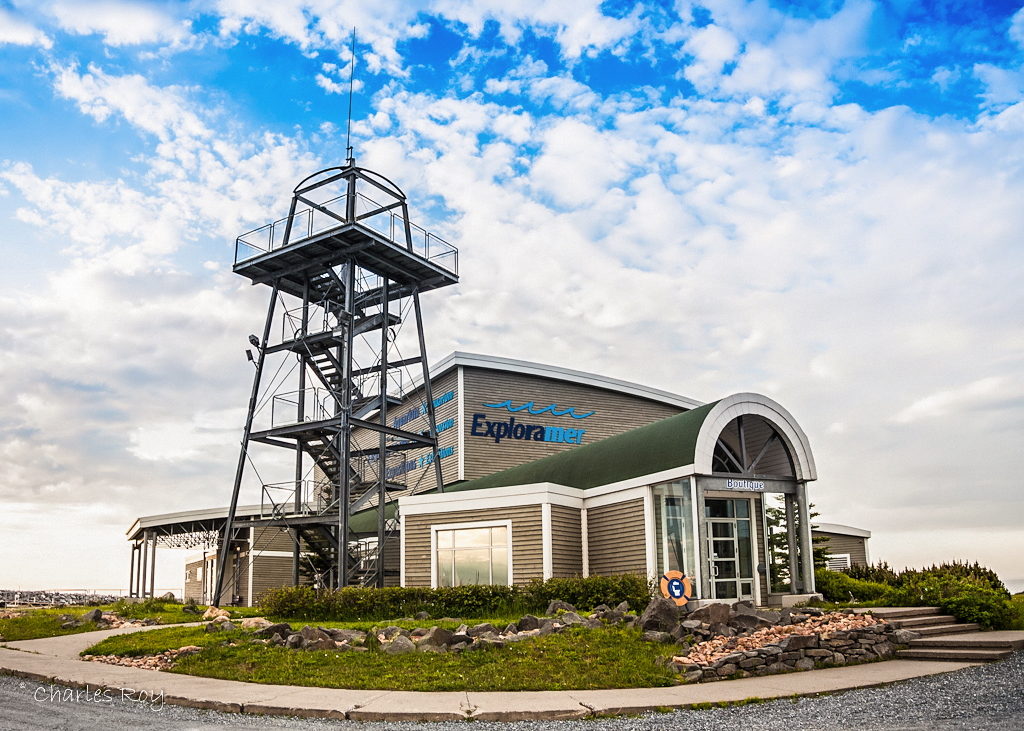
Exploramer, open from June 5 to October 9, 2022
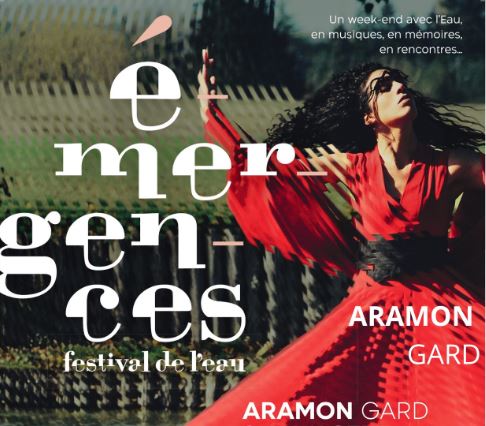
Emergences Festival de l’Eau
Première édition d'un rendez-vous musical et convivial incontournable : le festival Emergences à Aramon, au bord du Rhône près d'Avignon. Au programme du 9 au 11 septembre : concerts gratuits, ballades, conférences... et plus encore !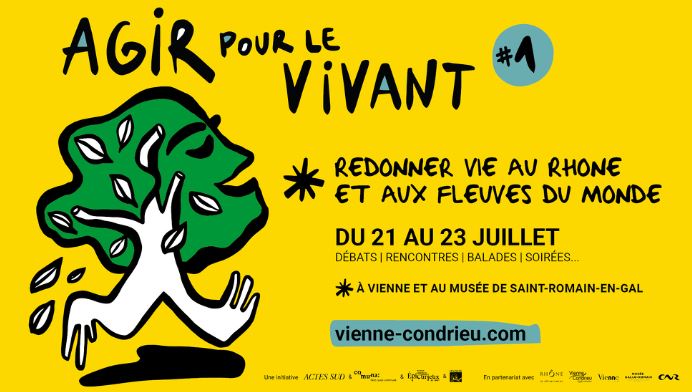
Agir pour le Vivant, Vienne – 21-23 July
Come and talk about the Rhone and the great rivers in this artistic and friendly festival! Agir pour le Vivant will take place at the Musée Gallo-Romain in Vienne from 21 to 23 July. An opportunity to discover the very first stand dedicated to Living with Rivers, and to protect the rivers together.